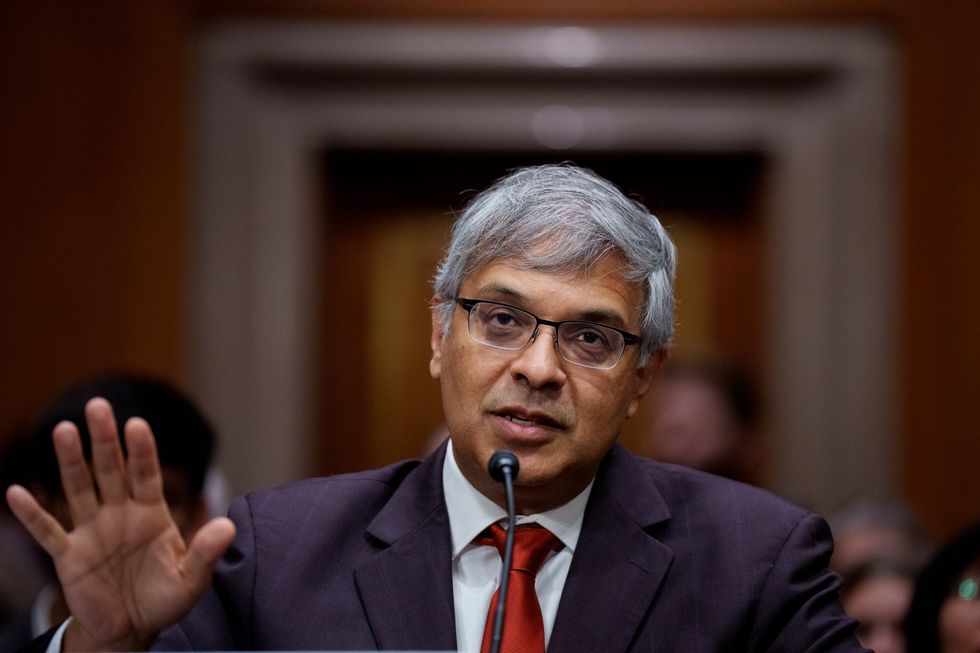LAST MONTH at Sotheby’s, the art world witnessed an extraordinary event as The Taj Mahal by Moonlight, a painting valued at £30,000, shattered expectations by fetching an astonishing £482,600 at auction—more than ten times its initial estimate.
This unexpected surge in interest has brought attention to the Company School of Indian colonial art, potentially elevating the value of British Library paintings and sparking a new wave of curiosity in this niche sector, reported The Times.
Rukmani Kumari Rathore, Sotheby’s classical Indian art specialist, noted that the Company School paintings have experienced a gradual but remarkable surge in demand. The term ‘Company School’ refers to Indian art patronised by the East India Company, with The Taj Mahal by Moonlight being a prime example, created by the renowned 19th-century Indian artist Sita Ram.
The painting is part of a series of ten albums, showcasing Ram’s cross-cultural art that adapted Indian styles to European tastes during the Marquess of Hastings’ tour of British possessions in India in 1814-15.
The recent boom in demand for Company School paintings can be attributed, in part, to heightened awareness through exhibitions like ‘Forgotten Masters’ at the Wallace Collection in 2019, curated by historian William Dalrymple, the report added.
Institutions like the British Library, housing 183 of Ram’s paintings from the same set as The Taj Mahal by Moonlight, are now faced with the prospect of increased value for their collections.
While the surge is partly fueled by affluent Indians establishing museums and private art collections, international interest has played a significant role.
Rathore highlighted that buyers are not solely limited to India, with Europe, the UK, and the US showing a keen interest. The paintings’ initial design for the European market adds to their global appeal.
The trend extends beyond paintings, as in the case of the sale of Tipu Sultan’s fabled bedchamber sword at Bonhams earlier this year. Valued at £2 million, the sword sold for seven times that amount, emphasising the broader interest in Indian artifacts.
Despite the flourishing market, caution is advised for those in possession of Indian art. The reasons behind the substantial sale of The Taj Mahal by Moonlight remain unclear, with factors such as Sita Ram’s popularity, the iconic subject matter, and exemplary provenance contributing to its value.
According to Rathore, both private individuals and institutions are participating in auctions with a growing preference for well-documented artworks.
The rarity of pieces like the Ram painting adds to their allure, but experts caution against flooding the market with similar material, as it could deflate prices.
As the Company School art market continues to gain momentum, auctioneers are likely to set higher estimates, the report added.















